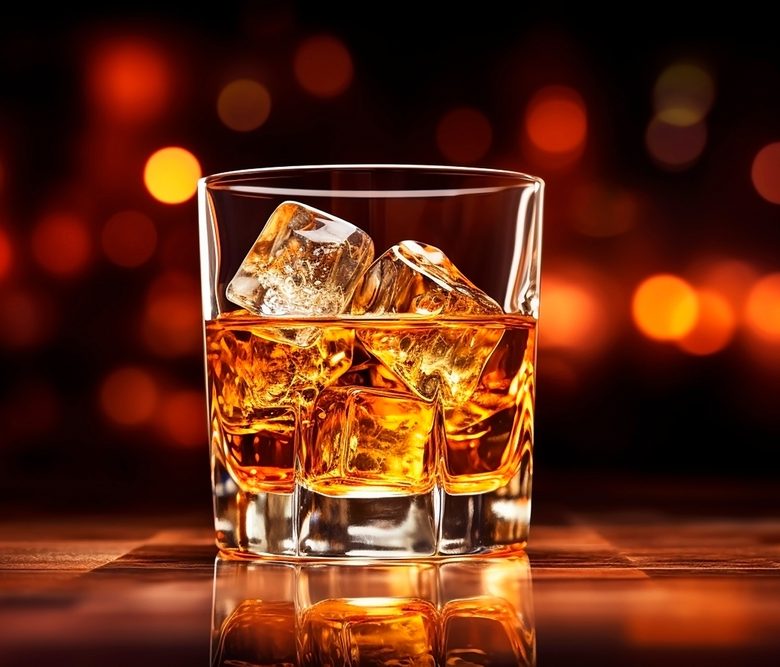How Grapes Age Affect the Taste of Wine?
We all profess romanticized notions about that dusty, old bottle of wine kept at the back of our wine cellar. Fine wine may age in the bottle for decades, and in some cases even over a century. What a wonderful natural marvel is that? The science behind wine aging is one of the topics that every wine connoisseur is curious about.
- Why wine tastes better with age?
- How does the wine taste better with age?
- What happens as wine ages?
- How does wine colour change with age?
- How do wine flavours change?
- Do all wines taste better with age?
- Which wines should be aged?
Understanding the science of maturing wines is crucial whether you’re just a casual wine drinker or aspire to become a maestro. It may be a little deceptive to claim that wine gets better with age. Wine is an enigmatic and layered drink. Beyond simply knowing the difference between red and white, there is much more to learn.
Numerous choices are made in the vineyard, during harvest, during fermentation, and during barrelling that will impact how the wine tastes, aromas and richness. Winemaking is a combination of science and art.
It would be more correct to state that all wines undergo maturation, which can increase their interest and appeal.
The Alchemy of Aging Wine
The art of aging wine is effectively a chemistry experiment.
Wine is an intricate blend consisting of multiple chemical elements that interplay with one another and their environment to transform. The complex chemical interactions between the acids, sugars, alcohols, esters, and phenolic components in wine change aromas inside the bottle.
Wine is aged in the hopes of undergoing changes that will help the wine mature properly and develop a sophisticated blend of complementary flavours. Primary fruit aromas lose their freshness as the wine ages and take on a more baked or dry flavour. Very old wines with advanced oxidation have a flavour similar to caramel or toffee. The wine develops a softer, silkier texture as it matures.
Grape Varietals
Since aging differs between locations, harvests, and grape varieties year to year, it is difficult to predict exactly what flavours a wine will acquire as it ages. Red wines tend to mature the best. Only a few grapes have the ideal ratio of sugars, acids, and tannins to support a long maturing period, which gives their colour the result of prolonged contact with skin, stems, and seeds.
Typically, they are grapes that are cultivated in regions with warm, lengthy summers and mild winters. Both the Napa Valley in California and the Bordeaux area in France are renowned for producing wines that age gracefully. Cabernets, Merlots, and Malbecs are a few of the most well-liked grape varieties for maturing.
Esters Contributes To The Wine’s Aroma
Esters are one type of ingredient that enhances the aroma of the wine. When the alcohol in wine combines with the acids, esters are produced. The main factor affecting the types of esters generated during this esterification process is the kind of yeast utilized during fermentation.
Sugar
The inclusion of sugar is one of the primary causes why wine is perceived as sweet. Sugar is a crucial ingredient in winemaking and has an impact on the final product’s quality. The amount of sugar in wine affects how much alcohol is present.
Winemakers add sugar to the wine while it matures so that the residual yeast components will convert the sugars into alcohol and carbon dioxide. The procedure moves slowly.
Small quantities of oxygen will contaminate the wine as it matures because gases like carbon dioxide evaporate. The wine will be delicate and sweet in the mouth if all the factors, including temperature, are in harmony.
Phenolic Compounds
The majority of the flavours and aromas we detect in all wines are produced by phenolic compounds. As the wine matures, the phenolic chemicals gradually alter. There are several kinds of phenolic compounds, but tannins are by far the most ubiquitous.
Tannins
Tannins are a type of natural preservative that preserve a bottle of wine delectable for up to 40 years. Young wines have an astringent and bitter flavour due it. The wine’s texture eventually develops its own “bouquet,” or fragrance and character, as the tannins soften over time.
Over time, the fragrance develops, giving the wine a smooth, rich flavour without the fresh wine’s bitterness. The winemaker controls how long the mashed grapes are in touch with the tannin-rich stems, skins, and seeds to regulate the extent of tannins that end up in the wine.
Wine Colour
The wine’s colour is also impacted by tannins. Aged whites often have enhanced personas, richer fruit flavours, and less sting.
White wines frequently change as they become older, going from light lemon or golden to amber and even dark. Rosés with vibrant salmon hues can develop onion skin tones as they mature. Reds commonly transition from the purple end of the colour spectrum to tawny or brown tones as they mature due to oxidation.
Acidity
Higher acidity wines typically survive longer than their less acidic kin. High-acidity wines frequently have a tangy, fresh, and zesty flavour. Acidity serves the same purpose as tannins as a natural preservative.
Wine gradually flattens that begins to lose its acidity as it ages. A bottle of wine is suitable for aging if the level of acidity is matched with the tannin and the sugar.
Explore Vintage Wines with Premium Selections
Our wine shop offers a wonderful variety of young and vintage wines made from the greatest grape varietals. Enjoy a range of excellent wines from all over the world.
Experience the complex layers of taste, texture, and aroma!


